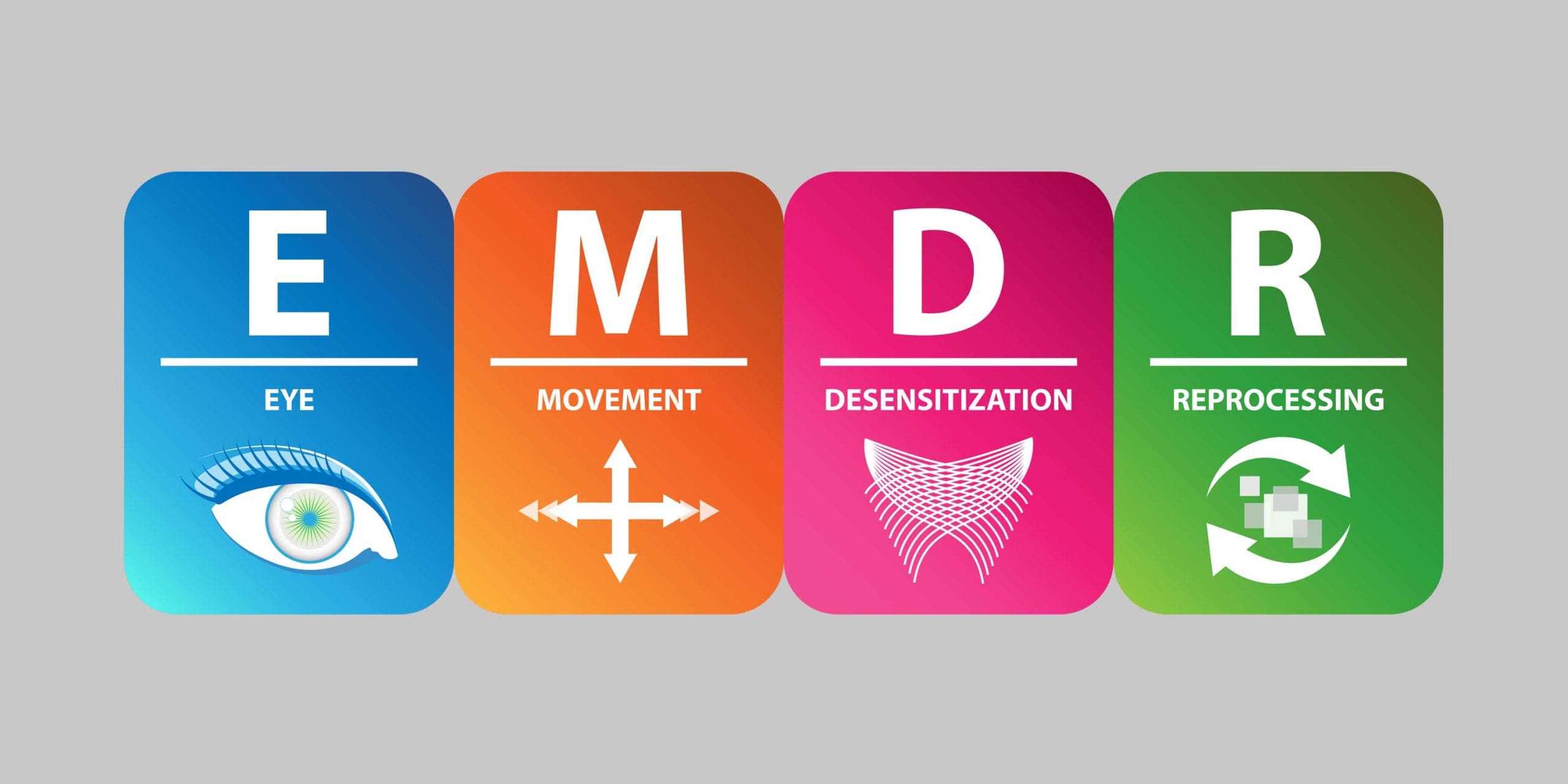What Is EMDR? Understanding the Process of Healing
You’ve probably heard the question before: What is EMDR?
It’s been answered countless times over the years, but here’s the essence.
Eye Movement Desensitization and Reprocessing (EMDR) is a therapeutic approach that helps people process distressing memories and experiences. It uses bilateral stimulation—such as eye movements, tapping, or auditory tones—to engage both hemispheres of the brain. This gentle “taxing” of the working memory allows the brain to process and integrate experiences that may still be causing emotional disturbance.
Developed by Dr. Francine Shapiro in the late 1980s and 1990s, EMDR follows a structured, scripted protocol. The protocol ensures fidelity to the model and helps guide both client and therapist toward an adaptive resolution—a place where the memory no longer holds the same emotional power.
What Does “Adaptive Resolution” Mean?
An adaptive conclusion doesn’t mean the memory becomes happy or that the event didn’t happen. It doesn’t mean that painful things were okay. Instead, it means you can be okay after bad things happen.
Adaptiveness means responding with the appropriate thoughts and emotions at the right intensity, at the right time. It’s about no longer being held captive by the past.
The EMDR Model: Eight Phases, Three Prongs
EMDR is a comprehensive 8-phase, 3-pronged approach. It begins with gathering a thorough history and ensuring that clients have the tools to manage emotional activation both inside and outside of session. Some parts of EMDR can seem unusual—or even a little odd—but there’s a method to it.
I often compare EMDR to cleaning a house.
Step 1: Planning the Clean-Up
Before cleaning, you need a plan. What does “clean” look like? Which rooms are priorities? Do we just need a little tidying up, or are there leaky faucets, cracks in the walls, or clutter everywhere?
A detailed history-taking phase provides that roadmap. It helps the client and therapist understand what needs attention and what goals they’ll work toward together.
Step 2: Creating Space and Gathering Resources
Next comes preparation—clearing out a space for the work ahead. Imagine taking everything out of a room and sorting it into piles: what to keep, what to discard, what still needs sorting. We even set aside a calm “safe space” to relax after the hard work of emotional cleaning.
Sometimes the job is big, and we need extra support. That’s when we bring in resources (RDI)—internal strengths, coping strategies, and external supports—to help navigate the process.
Step 3: Beginning the Work
Now, the real transformation begins.
Just like cleaning, we don’t tackle the whole house at once. We start with one room—a single target memory or experience. As we process, the brain naturally identifies what to work on next. Occasionally we might drift into another “room,” but we always return to our original target to check progress.
When that area feels clear (when distress is at a 0 on the SUD scale), we reinstall positive beliefs (move the furniture back in) and perform a body scan to ensure the system is aligned and balanced (make sure all the décor is in order).
Once a space is clean, it tends to stay that way—unless life throws in a bit of new clutter, which we can usually tidy up quickly.
Scaling the Work
Sometimes the “whole house” feels like too much. That’s when we use modified EMDR protocols, such as EMDr or EMD, to focus on a smaller area—like just the kitchen table or one corner of the room.
The client doesn’t have to force the process. Their brain knows what needs to be addressed and when. My role as the therapist is to walk alongside them, helping prevent overwhelm and supporting steady progress.
Moving Forward
Once the inner “home” is clean and organized, clients can begin focusing on the exterior—painting, landscaping, or adding flowers—symbolic of moving into new stages of life with clarity and confidence.
As therapists, we’re not the cleaning crew; the client is always in charge of how deep to go and what to focus on. We stay attuned, hold space, and accompany them through memories, emotions, and sensations—whether it brings tears, laughter, or relief.
It’s a balance of encouragement without pushing, supporting healing without taking over the process.
Ready to Begin?
If you’re curious about EMDR or ready to experience it for yourself, you can explore services with Amber, or find an EMDR-trained therapist through CompassionWorks or EMDRIA.
If you’re a therapist, counselor, or graduate student interested in becoming EMDR trained, you can find a list of upcoming trainings at this link.



